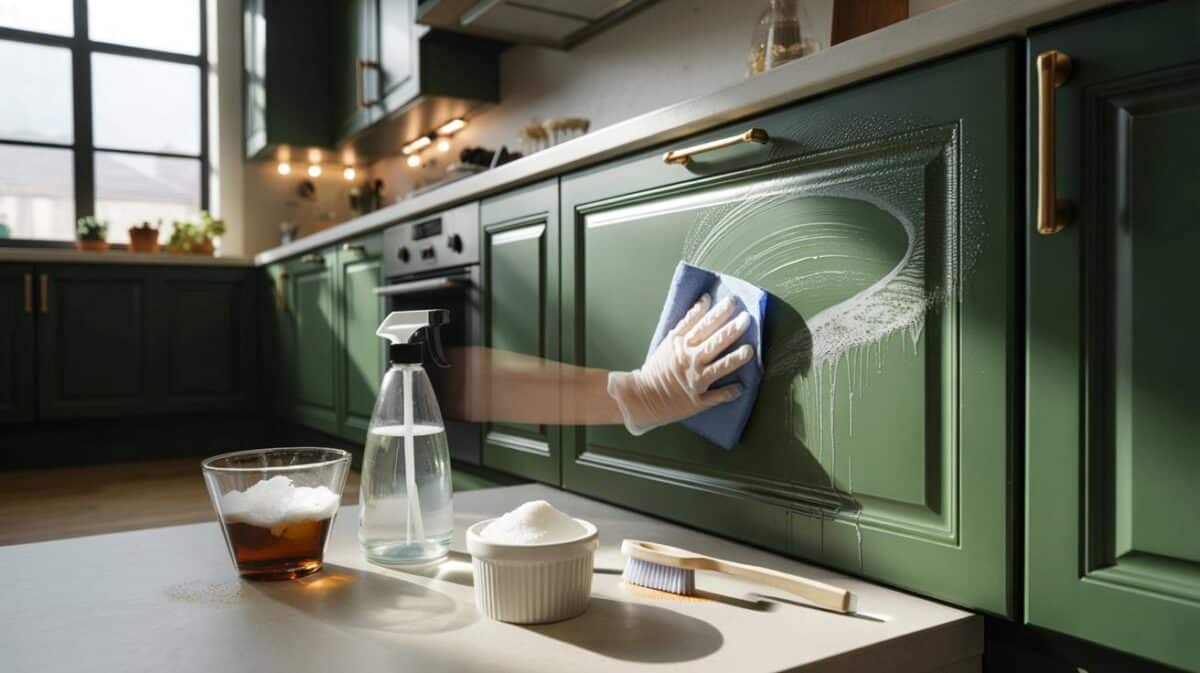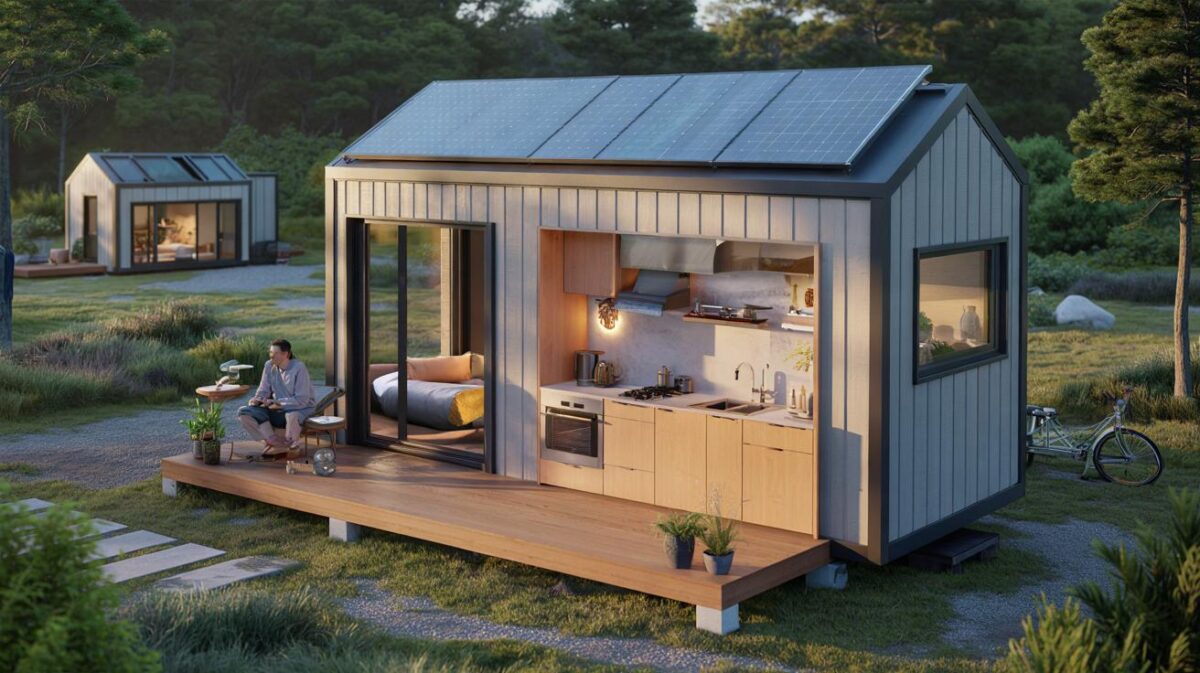A straightforward daily habit, popularised by MoneySavingExpert’s Martin Lewis, turns daylight into free heat and keeps it indoors after dusk. It costs little, takes seconds, and can delay the boiler or plug-in heater by hours on the coldest nights.
What the 6pm curtain rule actually means
Open curtains wide during daylight to let the low winter sun warm rooms. As soon as daylight fades, close them tightly to trap that warmth. The 6pm cue works for much of autumn, but the key is dusk: shift earlier as sunset creeps forward and once the clocks change.
Close thick, well-fitted curtains by 6pm (or at dusk) to lock in free daytime heat and slow overnight heat loss.
This habit builds on a basic idea: sunlight provides free gains, while windows leak heat fast after dark. By sealing off glass early, you reduce the time your heating must run to keep rooms comfortable.
Why it works: the physics of warmer rooms
Windows lose heat by conduction through glass, convection as air circulates along cold panes, and radiation to the night sky. A heavy, snug curtain creates still air layers that resist these losses. Fleece or thermal linings add extra air pockets, like a good winter coat. A pelmet or covered track cuts the convective loop that drags warm air down behind the curtain.
Stop warmed air meeting cold glass, and the room cools far more slowly.
Make your existing curtains work harder
- Add inexpensive thermal liners or fire-rated fleece throws to current curtains. Aim for full-width coverage with a generous overlap in the middle.
- Ensure curtains reach the sill or floor, and consider “returns” that curve back to the wall at the sides to block draughts.
- A simple pelmet or taped-on cardboard valance above the rail can reduce warm air circulating behind the fabric.
- Keep curtains and long blinds clear of radiators. Tie them back in the day so they do not trap heat against the window.
- At night, close blinds first, then curtains for a double barrier. Keep trickle vents slightly open to manage moisture.
- If you line with fleece, choose products marked as fire-retardant and keep fabrics away from heaters, stoves and flames.
How much could you save?
Savings vary with property type, fuel, tariffs and habits. The rule mainly delays when heating is needed, which trims runtime. The examples below assume you close curtains at dusk and push back heating by two hours across 120 chilly evenings.
| Home and heating | Evenings | Hours saved | Average power used | Unit rate | Estimated saving |
|---|---|---|---|---|---|
| Gas boiler, semi‑detached | 120 | 2 per evening | 4 kWh per hour (space heating demand) | £0.07 per kWh | ≈ £67 (240 h × 4 kWh × £0.07) |
| Electric plug‑in heater, flat | 120 | 2 per evening | 1.8 kW per hour | £0.24 per kWh | ≈ £104 (240 h × 1.8 kWh × £0.24) |
| Air‑source heat pump (COP ≈ 3) | 120 | 2 per evening | 0.83 kW per hour (to deliver ~2.5 kW heat) | £0.24 per kWh | ≈ £48 (240 h × 0.83 kWh × £0.24) |
Many homes land somewhere between £35 and £120 across a season, depending on fuel prices, insulation and occupancy.
If you rely on plug-in electric heat for living spaces, the headline number can sit near three figures. Gas‑heated homes often still shave tens of pounds while feeling warmer in the evening.
Pair the rule with cheap, quick wins
Stop draughts at the usual suspects
- Letterboxes, keyholes and external doors: add brush strips, flaps and seals. Leave safe ventilation for fires and gas appliances.
- Floorboards and skirting gaps: use flexible filler or foam strips to stop cold airflow from voids.
- Loft hatches: add a foam seal and a layer of insulation to the hatch itself.
- Chimneys: use a removable chimney balloon when the fireplace is out of use.
Reflect heat where you need it
Radiators on external walls lose heat to the outside. Lightweight reflective panels behind them bounce warmth back into the room and cost only a few pounds. Fit them neatly; gaps reduce the effect.
Heat the human, not the home
Layer clothing and use targeted low‑wattage warmth. A 100 W heated throw costs only a few pence an hour and keeps you comfortable at a lower thermostat setting. Warm slippers, hot‑water bottles and insulated mats under desks cut the chill at the extremities first.
Low‑wattage personal heating helps you drop the thermostat by 1°C or more, which saves energy every hour.
When should you actually close the curtains?
Think “dusk”, not a fixed time. In mid‑October, 6pm is a useful reminder for much of the UK. As the month wears on and the clocks go back, set an earlier daily cue. A simple phone reminder labelled “Curtains now” at local sunset keeps the habit on track.
Buying or DIY: what to look for
- Thermal lining or interlining that adds loft and seals light gaps.
- Weighted hems for a snug hang, and enough width to gather fully without leaving gaps.
- Side returns that hook back to the wall, plus a pelmet or deep track cover.
- Eyelet curtains are easy to hang; pencil pleat or pinch pleat often seal better when sized correctly.
- DIY liners can be Velcro‑fixed so you can remove them in spring.
- Check for fire‑retardant labels where possible, and keep fabrics clear of heaters and cookers.
Rough costs you can expect
Entry‑level thermal curtains start around £30–£60 per pair, depending on size. Clip‑in thermal liners often sit in the £15–£30 range. Fleece throws used as liners can cost under £10 each; two to four may line a standard pair, depending on width. The payback arrives faster if you heat with electricity.
A quick back‑of‑the‑envelope for your home
- Pick the number of evenings you use the habit (N).
- Estimate hours of heating delayed each evening (H).
- Note your heater’s average power draw (P, in kW).
- Find your unit rate (R, £ per kWh) on your bill.
- Savings ≈ N × H × P × R.
Example: 150 evenings × 2 hours × 1.8 kW × £0.24 ≈ £129. That matches the kind of savings many electric‑heated flats can achieve by timing curtains and using targeted warmth.
Helpful extras most people overlook
Condensation rises when warm, moist indoor air hits cold glass. Closing curtains earlier can raise this risk at the window. Leave trickle vents a touch open, avoid drying clothes in living spaces, and wipe frames on frosty mornings. Mould prevention protects both health and decor.
Thermostatic radiator valves let you focus heat where you sit in the evening while keeping spare rooms cooler. Combine that with the 6pm rule and reflective panels, and you reduce boiler cycling. If you have a smart thermostat, shift your schedule so rooms pre‑warm with daytime sun and wait longer before the evening boost.









Is this more than common sense? Does it still deliver meaningful savings in a well‑insulated, double‑glazed flat, or are the gains marginal vs the faff? I’m also wary of condensation—seen mould before. Any peer‑reviewed data, not just back‑of‑enveloppe maths?